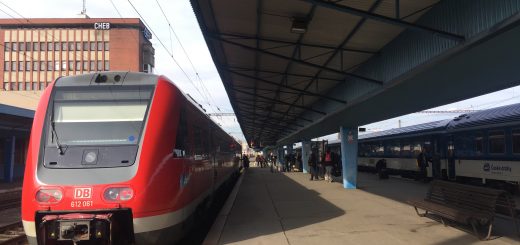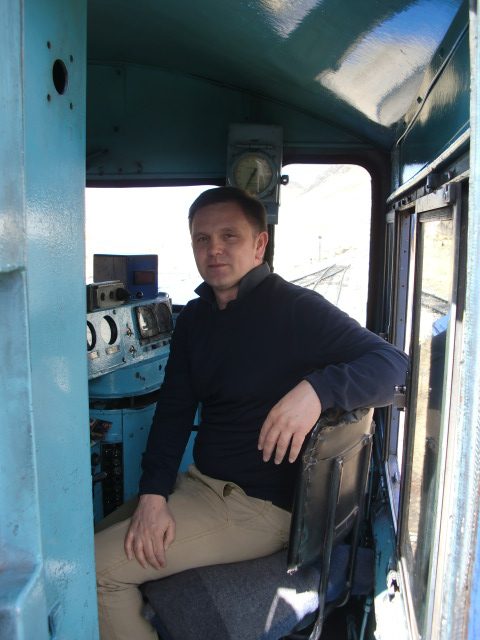Sofia Central Station Guide
Sofia Central is the main railway station of the Bulgarian capital of Sofia. This guide shows what the station looks like and the facilities you can expect.
A look at Sofia Central Station
As the main railway station serving the Bulgarian capital, Sofia Central is a place you will likely pass through at least once if you travel by train through this beautiful country in south-eastern Europe.
Sofia Central is the largest railway station in Bulgaria, with train services to nearly all destinations in the country, as well as a few international departures.
The current station building dates back to 1974, although it has been recently renovated, giving it a more modern feel.
However, some of the original communist-era designs are still visible, such as the stone mosaics and other artworks in the main hall.
Have a look at my video guide of Sofia Central Station below to get a good impression of this Bulgarian railway hub.
Train services from Sofia
From Sofia Central Station, numerous fast trains, along with many slower services, depart to various destinations across Bulgaria.
This also includes sleeper trains to Varna and Burgas on the Bulgarian coast.
International train services from Sofia are sadly limited, as there are currently no trains to Serbia or Greece, and a railway link with neighbouring North Macedonia is lacking.
However, Sofia is linked by a daily night train to Istanbul in Turkey.
In the summer months, a direct train links Sofia with Bucharest in Romania each morning.
Outside the summer season, you must take a domestic morning train to Ruse in northern Bulgaria, where you can connect to the Ruse–Bucharest train.

The Sofia to Istanbul night train stands ready for departure. ©AndyBTravels
Facilities at Sofia Central Station
At Sofia Central Station, you will find all the facilities expected of a major railway hub, including staffed ticket offices where you can purchase domestic and international train tickets.
You will also find a left luggage office, toilets, and a few small shops and vending machines.
In the south-eastern corner of the station, there is a Billa supermarket, which is handy for stocking up on food and drinks before your journey.

Station exterior. ©AndyBTravels

Main station hall. ©AndyBTravels
Public transport links
Once you step outside the main building of Sofia Central Station, the surroundings look decidedly less glamorous.
The station square and underpasses haven’t been renovated since communist times and are in a bad state of disrepair, giving them a rather shabby appearance, especially at night when the entire surroundings do appear rather dodgy.
While the station itself is owned by the National Railway Infrastructure Company, which has made an effort to renovate the building and keep it in good shape, the same cannot be said for the Sofia municipality, which owns the surrounding area and has badly neglected it.
Sofia Central Station has excellent public transport links, as it is connected to the city’s bus, tram, and metro networks.
It’s also quite easy to walk from the railway station to the city centre by following Knyaginya Maria Luiza Boulevard.
The walk from the station to Serdika, in the heart of the city centre, should take around half an hour.
Adjacent to the east of the railway station is the central bus station, making it easy to transfer between a train and a long-distance bus, or vice versa.

Sofia metro. ©AndyBTravels
Conclusion
Sofia Central Station is the largest railway station in Bulgaria and the main hub of the country’s railway network.
From this station, you can catch trains to popular Bulgarian destinations such as Plovdiv, Varna, and Burgas, as well as international services to Istanbul and Bucharest.
Sadly, train services linking Sofia with Niš and Belgrade in Serbia, and Thessaloniki in Greece, are currently suspended.
As a rail traveller, you’ll find everything you need at the station, including staffed ticket booths, a left luggage office, and a number of shops, including a supermarket.
Sofia’s railway station is well-connected to the city centre by bus, tram, and metro, though it is also a short and straightforward walk.





